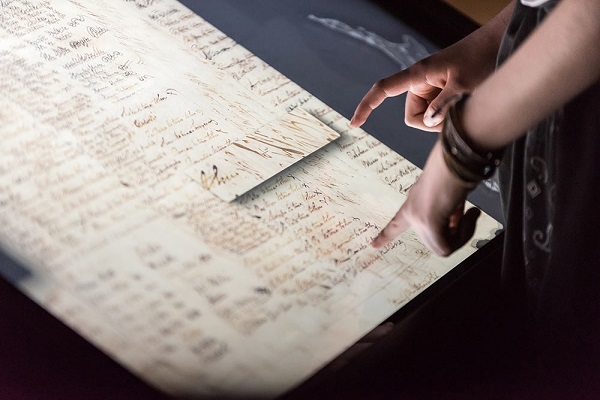

I often tell the story of a friend, an extremely capable teacher, being interviewed for a teaching position. The question, “How does your teaching practice reflect the Treaty of Waitangi / Te Tiriti o Waitangi and its principles?” made her break out in a sweat. She repeated the question back to the panel, looked around the room then responded with a bit of a ramble which, upon reflection, was probably not what they had been hoping to hear.
Later, when we discussed the question, she realised that she was in fact reflecting the Treaty principles in her practice in very many ways, she just hadn’t understood the question.
So many of us don’t. We appreciate the importance of the Treaty, but we sometimes lack confidence in demonstrating our understanding.
This is unsurprising given that it is difficult to find any Ministry documents explaining exactly what is meant by this question, and what the principles look like reflected in your teaching practice.
The New Zealand Curriculum states: “The Treaty of Waitangi principles is one of eight in The New Zealand Curriculum that provide a foundation for schools’ decision making.
The Treaty of Waitangi principles puts students at the centre of teaching and learning, asserting that they should experience a curriculum that engages and challenges them, is forward-looking and inclusive, and affirms New Zealand’s unique identity.”
The three “P’s”, as they are often referred to, are the principles of partnership, participation and protection. These underpin the relationship between the Government and Māori under the Treaty of Waitangi.
These principles are derived from the underlying tenets of the Treaty. They are used to bridge the gap between the literal differences between the Māori and English texts.
Working together with iwi, hapū, whānau and Māori communities to develop strategies for Māori education.
Encourages and requires Māori to be involved at all levels of the education sector, including decision-making, planning, and development of curriculum.
Partnership is:
This relies on us welcoming and having genuine relationships with our Māori community. Historically for many Māori there have not been “open door” policies and Māori have not felt welcomed and valued in some schools.
Sometimes these relationships take time and effort. For most communities, once they feel there is genuine relationship building, they will be more than happy to be a part of the school and add expertise.
Protection means actively protecting Māori knowledge, interests, values, and other tāonga. Identity, language, and culture are important expressions of what it means to be a culturally located learner. Ka Hikitia (Ministry of Education, 2007) emphasis that “culture counts” and describes a commitment to “knowing, respecting and valuing where students are, where they come from and building on what they bring with them”
Protection is:
As classroom teachers we are able to implement these principles every day. Normalising te reo not only in your classroom, but in staff meetings, the staff room, on duty, at assemblies and in other areas.
Adding a Māori perspective to topics and inquiry is an opportunity for us to weave tikanga and Māori view point into everyday situations.
Emphasise positive Māori involvement at all levels of education, as expressed in NEG 9: “Increased participation and success by Māori through the advancement of Māori educational initiatives, including education in Te Reo Māori, consistent with the principles of the Te Tiriti o Waitangi.”
Participation is:
If you begin working on strong partnerships, participation will happen organically. I have always felt that as soon as your whānau and community see that you genuinely want to move forward with Māori participation, the help is always offered.
Coming from the place of honesty and wanting to make a difference for the ākonga puts you in a perfect space to be treaty partners. Māori participants are an asset to our school communities.
As I write this I found myself reflecting back to my secondary school years in the Bay of Islands.
Sixth form art class was spent at the Whare Runanga (Meeting house) on the Waitangi Treaty Grounds, a remarkable gallery of Māori art. We learnt the meanings of all the whakairo/carvings and the carving styles of the different iwi of Aotearoa.
We could have stayed in the confines of the classroom and studied the Impressionists and Modernists through books and pictures.
But Waitangi was real for us; place-based learning, history, and living art with its stories.
For me this was when I really felt a connection to a place, and I still feel strong connections to Waitangi. This learning from outside the classroom remains with me and by passing on what I have learned I am protecting Māori culture, language and art knowledge.
Whaowhia te kete mātauranga
Fill the basket of knowledge
A new report from the University of Auckland’s Our Voices Project asks young people what…
The government has opened a tender for new standardised assessment tests, leaving educators shocked and…
Early in her career, Kiri Turketo found inspiration in an unlikely source. In this Principal…
Real stories of dedication, challenges, and triumphs from educators in NZ. Part six comes from…
Is fast furniture impacting your school's environmental footprint? We explore eco-friendly solutions to reduce furniture…
A new report from the New Zealand Initiative argues we need a stronger and clearer…
This website uses cookies.